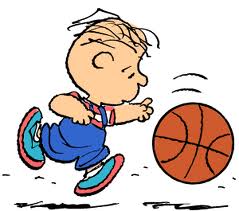I stumbled, in a long-familiar and typically random way, on a reference to The Inventor and First Coach’s 12-part prescription. It was a hand-written guide for how to be an effective participant in his as-yet unbranded off-season training game for the more dedicated rugby players, this at a YMCA International Training School in Massachusetts. This new sport was being played exactly nowhere other than a Springfield barn at this time in 1892, but The Young Men’s Christian Association had been around for nearly 50 years by then, and already had a strong international presence. James Naismith couldn’t have devised this odd, indoor game in a better place for it to become the world-wide phenomenon it is today. But this document, “The Physical and Mental Requirements of Basket-Ball”, was an effort by the muscular Christian Phys. Ed. teacher to get his muscular young Christian students to think the game. (This is still a hard sell with players –except for the very best ones — but I admire his pure-hearted drive to make the game MEAN something, right from the start.)
A copy of the “Requirements” hangs in a museum in The Inventor and First Coach’s hometown of Almonte, near Ottawa. It is so quaint, quirky and remains true:
“THE PHYSICAL AND MENTAL REQUIREMENTS OF BASKET-BALL”
“Agility, accuracy, alertness, cooperation, initiative, skill, reflex judgment, speed, self-sacrifice,
self-confidence, self-control and sportsmanship.”
Go ahead.
Break it down. Think them through.
I did. I like this list. The many words that ensued can be found up there in It’s All About Sports!, although it actually isn’t. (All about sports, that is, though my wife and mother-in-law are overwhelmed by eye-rolling when I say this. “There’s more to life than basketball,” I insist, “but there’s more to basketball than basketball, too!” They reply, “Mmm, not so much…”) But you may want to read my ruminations on each requirement.



